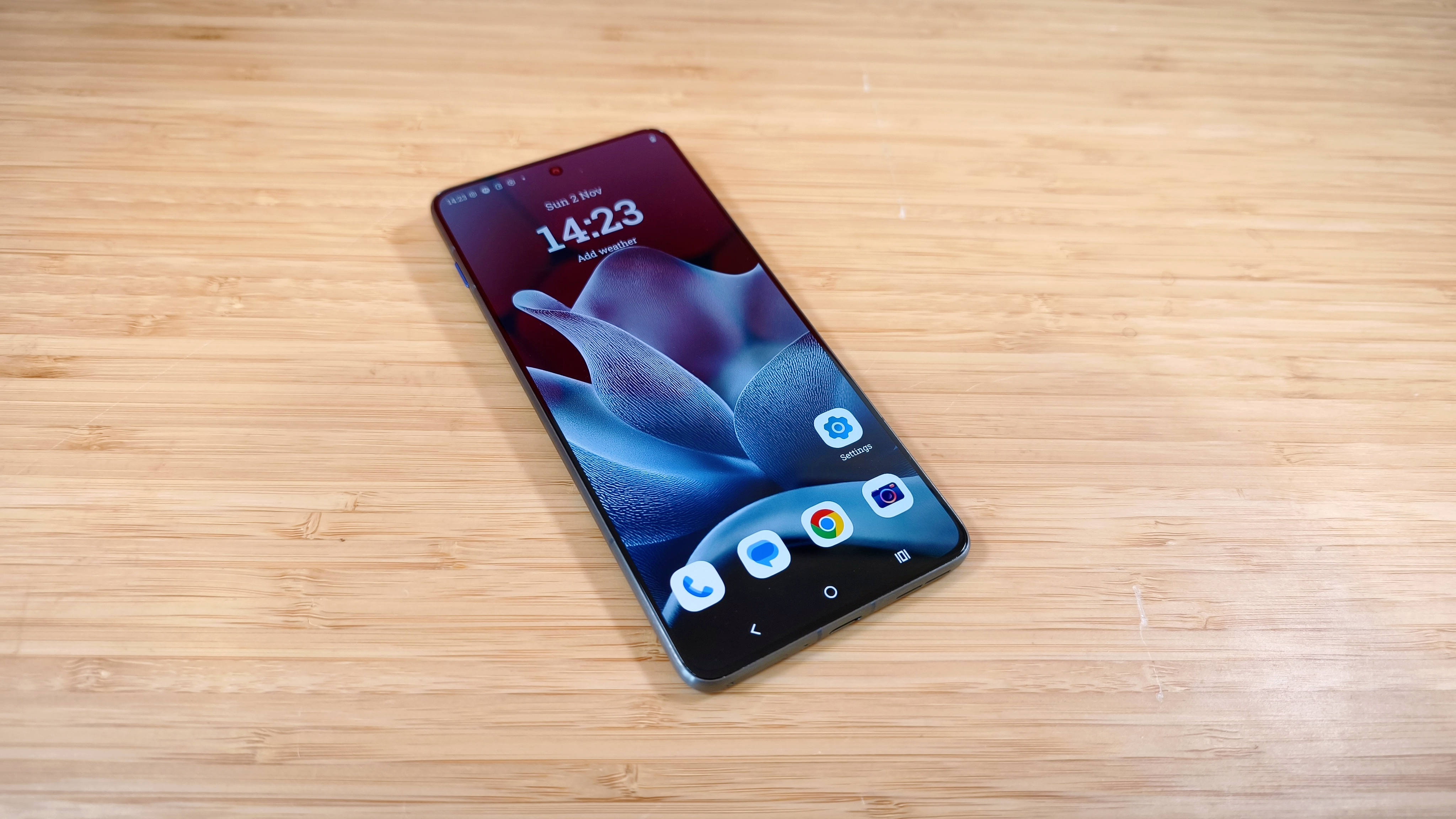10 skills graphic designers need to get ahead in 2018
Graphic design is a fast-paced, ever-evolving industry – and the road to career advancement isn’t always easy. Sometimes it can feel as though you’re producing excellent work but not being rewarded.
That could be because, while you’re strong on core graphic design skills, you might be neglecting other areas employers are focused on. So what skills do graphic designers need to get ahead in 2018?
Collaboration is king
Before we take a look at the key graphic design skills that will get you ahead in 2018, it’s worth mentioning the importance of developing collaboration skills.
In a post-digital age, the complexity of projects, timelines and pace of innovation means you can only really achieve excellence with a cross-disciplinary team. Being able to collaborate with creatives with different skill sets – while under pressure and potentially in different time zones – is the one skill that will truly future-proof your career.
Focus on areas you're good at
When it comes to practical skills, it’s important to focus on areas you’re good at, or enjoy. “Constantly changing software, channels and end user terrain mean that nothing stays still for long,” stresses Mick Dean, creative director and lecturer at Edinburgh Napier University. “So it's important to know your strengths and play to them.”
"You can't know everything about everything, but when you recognise either a commercial or academic need, and you also have the passion to drive yourself into new areas, then on completion of that journey you will be a better designer, teacher or practitioner.”
As Bill Strohacker, principal director of Strohacker Design School, puts it: “The role of a designer is continuously changing, now more than ever due to a revolution in the way we live and work. So it’s extremely important for designers to keep up with these changes by continued professional development. Design is evolving, and we need to adapt across the digital experience and be relevant.”
Daily design news, reviews, how-tos and more, as picked by the editors.
In this article we’ll look at some key skills you might focus on this year, to help boost your career and open up new opportunities.
01. Learn to speak the language of UX design
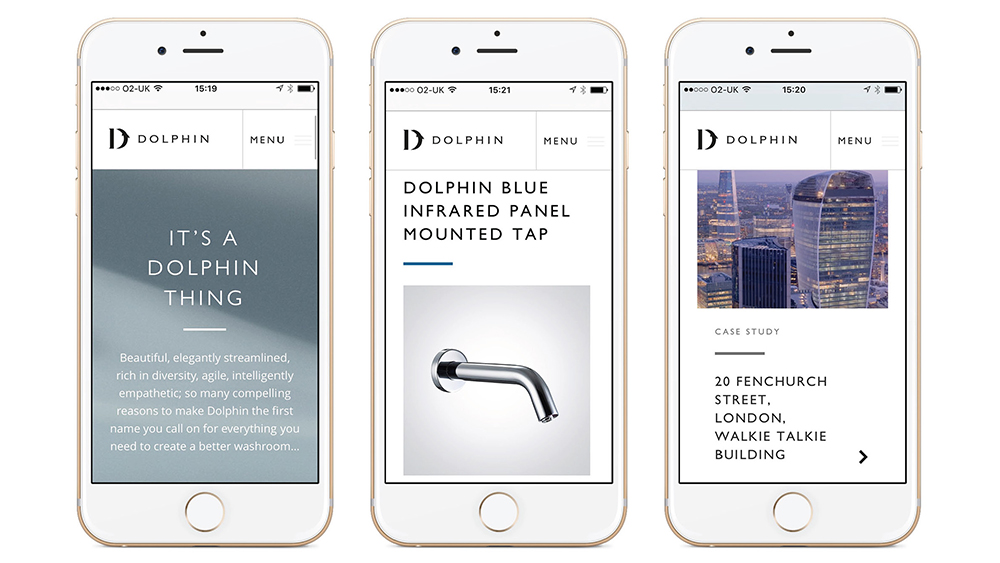
As the design industry becomes ever more focused on digital, user experience (UX) design is becoming more and more important. “Designing the part of products that people interact with is increasingly in-demand among employers,” says Strohacker. “Data has become central to many products, which has created a need for people with user interface design skills who can make those products easy for customers to use.”
So what is UX, exactly? “The role of the UX designer is to take every opportunity to enhance the other person’s enjoyment of an end product, not just visually but cognitively too, removing obstacles and easing the experience,” explains Alec East, founder of Narrative Industries.
“UX design is not graphic design nor web design; it’s a different discipline that goes much deeper and is more aligned with human behaviour – but it is something that many designers are well equipped to perform if they have the discipline.”
And it’s not about pursuing a career change to become a UX designer, but boosting your ability to do the job you’re currently in. “I believe graphic designers should aim for a wide and deep ‘T-shape’ with knowledge and appreciation for other disciplines but with a specialism (and therefore a point of view) that they excel in,” says Lee Carroll, senior interaction designer at Seymourpowell.
“So it’s about graphic designers learning to speak the language of UX designers, and to communicate their point of view better, not to replace them.”
Get started by learning some of the basic rules of UX design and check out some of these great TED talks on UX design.
02. Use coding for faster idea iteration

As it is for UX, so it is for coding. Nobody is expecting someone focused on graphic design to build a website from start to finish – that would make them a web designer – but the more you can understand about the coding process, the better you can collaborate with developers and programmers on your digital designs.
“I hate the ‘you must code’ dogma,” says designer, developer and artist Mike Brondbjerg. “But learning to code at some level – even if that’s scripting in Illustrator or Sketch – can help designers to generate and iterate through ideas faster, and opens up a world of design complexity that is not possible manually.”
As Dean puts it: “All these skills – or knowledge of what they are and how to design with those aspects in mind – are useful. However, programming is such a vast area that the need to know how to program is less important than the need to understand how and what a programmer needs to create an outcome within a designed environment.”
Indeed, these skills are in such high demand now that your employer may well provide time at work for you to develop them. Nelson Bostock Group certainly sees things that way, says lead designer Laura Gibbons. “Here, our personal development plans identify areas of interest and important new skills to learn,” she explains.
“We believe in self-learning; encouraging our people to use Lynda.com and SkillShare.com alongside their day to day work. We protect this personal development time and offer ‘creative days’ to inspire or realign their thinking and passion. We also encourage partners and suppliers to share skills – this happened recently with an external developer sharing their insight into HTML and responsive coding.”
And even if you can’t get time at work, something as basic as HTML is pretty quick and easy to pick up. There are many good online courses, including the free ones provided by W3Schools. And if you want to go a little further, check out Don’t Fear the Internet, a learning resource from by Jessica Hische and Russ Maschmeyer that’s specifically aimed at print designers, photographers and other creatives.
03. Experiment with new technologies
UX and coding have been around for quite some time now, but other, newer technologies are also becoming important to design agency work, including VR (virtual reality), AR (augmented reality), mixed reality and AI (artificial intelligence). Every graphic designer needs to keep a close eye on developments in such fields, stresses Vanessa Eckstein, D&AD Design Jury president 2018 and principal at Blok Design.
“We are designing identities and branding that need to be expansive and seamless and to cross many platforms and experiences,” she says. “This means we all need to get more savvy and knowledgeable about what technologies and innovations are taking place and how these could align with the needs of a particular brand. And then try to rethink the opportunities instead of repeating patterns.
“We can’t avoid being both in awe and overwhelmed about the big shifts taking place in AI, for example. This will affect many spaces we inhabit and the ways we interact with each other and society as a whole.
"But the key is not only to learn about it but to understand that the movement is so rapid that whatever we think we understand today might not be so in five years; while remembering that creativity and storytelling will always be at the core of everything.”
Get started by checking out 20 tutorials to help you use VR in your design work, learning how to mock up AR graphics with After Effects and how to design for artificial intelligence.
04. Hone your print skills
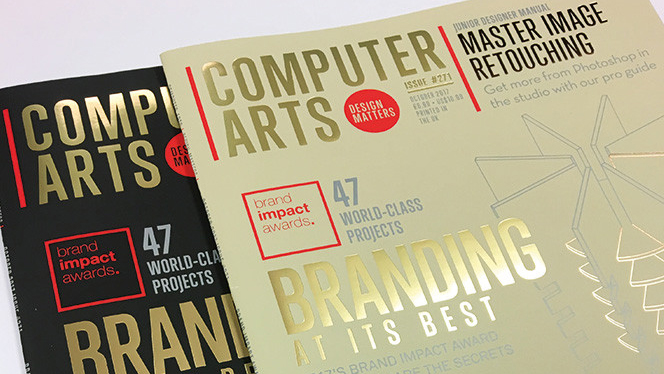
Many experienced graphic designers have told us they feel behind the curve on digital skills. Conversely, however, there can be a skills gap with younger designers when it comes to print design.
Despite the rise of digital, the importance of print media to the design industry is still strong, so understanding how to properly set up your screen designs for the physical world is still a vital part of a designer's knowledge base.
“I would encourage a junior to visit a print production house,” says Gibbons. “These guys know it all; they can share their knowledge and experience on the print process, artworking, paper stock, use of colour, finishing, and more. If you are fortunate enough to have a say in the final execution, this breadth of knowledge could really benefit you when it comes to initial idea generation and finishing specs.
"Many designers nowadays are too narrowly focused, and this vital breadth of knowledge can really help you stand out from the crowd.”
Get started by reading 5 things every creative needs to know about print design.
05. Push your problem-solving skills

We’ve already established that in 2018 it’s important for every designer to focus on specific software and technological skills. But Eckstein fears that some of the more important design skills may get lost along the way.
“I believe we are losing our ability to think expansively about problems in ways that accept uncertainty and paradox and raise new questions,” she says. “If we rely on data and measurability too much, we lose the deep understanding and insights that are at the core and essence of new thought.”
But if our problem solving skills are important, what can we do to hone and develop them?
“Get uncomfortable, be humble and go out and experiment with something you have never done,” she recommends. “Create projects that will push your boundaries and that of the idea in your mind. See how far a concept can go, and then take it there! In my case I love collaborating with great thinkers, artists, architects etc, and I learn by doing.”
This article by Steve Fisher develops the theme that design is about solution, not visuals, while this article from the Interaction Design Foundation also provides some hints and tips to help you sharpen your problem solving skills.
06. Stretch your mind with expansive thinking
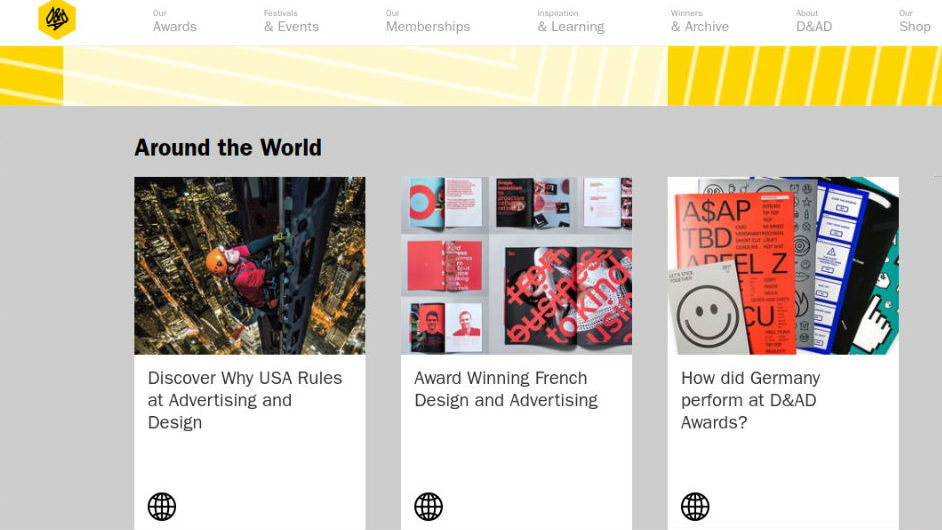
Along with problem solving, Eckstein cites the "ability to think expansively" as a useful skill for designers to develop. Unlike other skills, which require formal study through books, courses or tutorials, this is more about constant and daily practice.
“It is not what you do but a way of seeing and relating to the world,” she explains. “It can begin by stimulating your senses and an awareness about what is happening within our profession, a space where D&AD had established itself as a leader for us all, as much as reading about very diverse subject matters and in many cases trying to analyse situations from different perspectives.“
“It involves everything from constantly feeding our curiosity through art, poetry, architecture or being part of conversations happening in our communities, through to being involved in projects of social justice, for example,” she continues.
“Open yourself up to experiencing diversity versus falling into your usual patterns of actions and thoughts. At the core of thinking expansively lies the elasticity of our own minds.”
07. Focus on time management
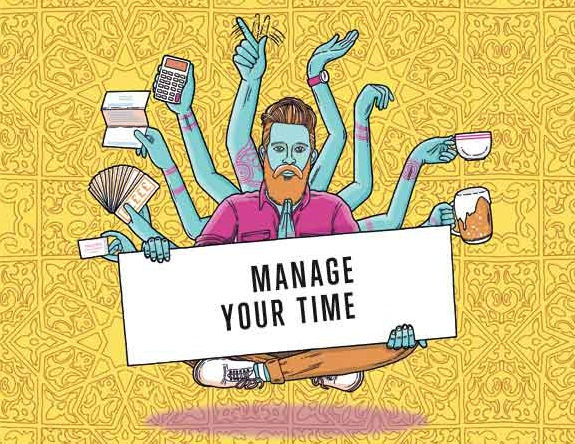
Even if you create world-class graphic design work, unless you’re able to deliver it within an agreed timeframe, you’re no use to anyone. So working on your time management skills is vital if you want to advance your career in the long term.
That’s partly about ‘recognising you have a problem’ and making a determined decision to resolve any issues you have with meeting deadlines. But it’s also about developing clear, definable systems that will work to keep you on track.
That may mean, for example, working on productive tasks in the morning and creative tasks in the afternoon, or vice versa. It may mean disabling distracting apps at certain times of the day, and only answering emails during a certain daily time slot.
It may mean finding time management apps that fit your needs and incorporating them into your workflow. Either way, everyone’s different, so it’s about creating systems that work for you.
For more ideas about improving your time management, check out these tips for improving your time management skills and these ways to work smarter not harder.
08. Invest in your interpersonal skills

In one sense, graphic design is all about communication: your job is essentially to communicate ideas and information effectively using text and visuals. But many designers can be skilled in this area, yet lack the complementary human communication skills they need to really advance their careers; including diplomacy, team-working and collaboration.
It doesn’t matter how adept you are with Photoshop if you can’t discuss a brief with a client, collaborate with colleagues or talk to your boss without rubbing them up the wrong way. So developing your interpersonal skills is an essential part progressing up the career ladder.
This is less about studying and more about doing, but you’ll find some ideas for improving your day-to-day office communication skills in these articles: How to design teamwork, How to collaborate with other designers successfully, Golden rules for talking about your design work and 4 ways to improve your client relationships.
09. Understand how brands are using social media
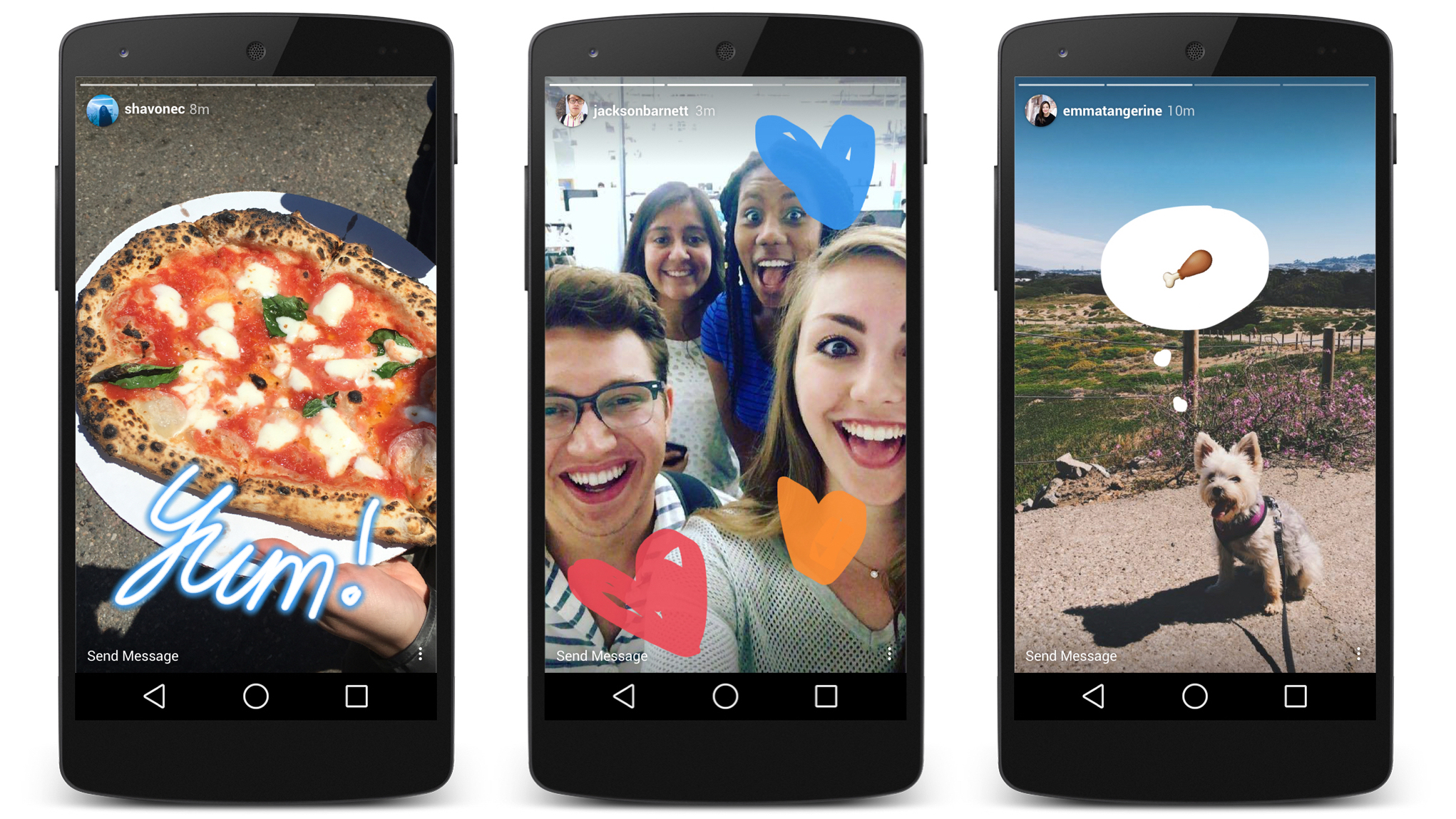
In the last 10 years we’ve seen a seismic shift, with brands following their audiences from print to the web, and from websites to social media. So it stands to reason that anyone working as a graphic designer in 2018 needs to have a handle on the most popular social media platforms and how they function.
That doesn’t mean, of course, that you have to spend every waking hour on Snapchat, or that you won’t get a job if you have fewer than 10,000 followers on Twitter.
But at the same time, if you don’t know the difference between posting on Instagram and Instagram Stories, or how big brands are making use of Facebook Live video, then it’s a sign you’re behind the curve, and that may ultimately restrict the career opportunities that are open to you in the long term.
There’s no book to read or course to follow here: it’s all about keeping up with an environment that can see major changes on a daily basis. So it helps if you regularly use one or two social apps yourself, whether that’s for fun or business (for the latter, follow our 6 tips for social networking and our guide to How to make social media work for you). It also doesn’t do any harm to keep up with new tools and developments on blog such as Mashable or Social Media Today.
10. Get networking
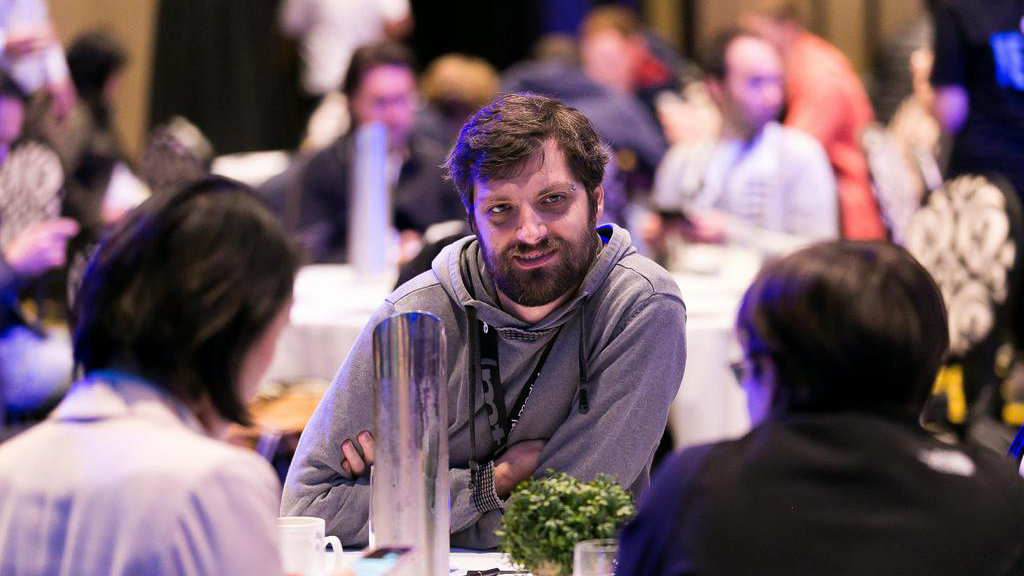
One of the most important skills involved in career progression is that of networking. Those with a sensitive, artistic temperament might recoil at the very word, associating it with sleazy, sales-like techniques. But networking doesn’t have to be like that.
You’re much more likely to prosper by simply approaching other designers in the same way as you would anybody else, whether that’s online or at real physical events (a mix of both is best, of course).
The more you practise networking, the better you get at it, and in the long term, the quicker you’ll find that job or freelance gig that’s a perfect fit for you.
Again, networking skills aren’t really something you can learn from a book: it’s more about getting out there and doing it. But you will find some useful pointers in our posts How to Network Successfully and 3 tips for successful networking.
Related articles:

Tom May is an award-winning journalist specialising in art, design, photography and technology. His latest book, The 50 Greatest Designers (Arcturus Publishing), was published this June. He's also author of Great TED Talks: Creativity (Pavilion Books). Tom was previously editor of Professional Photography magazine, associate editor at Creative Bloq, and deputy editor at net magazine.
